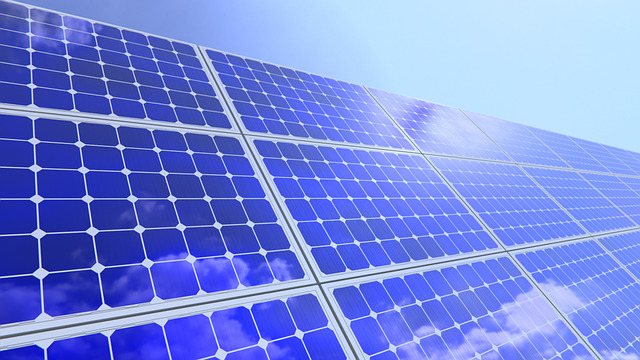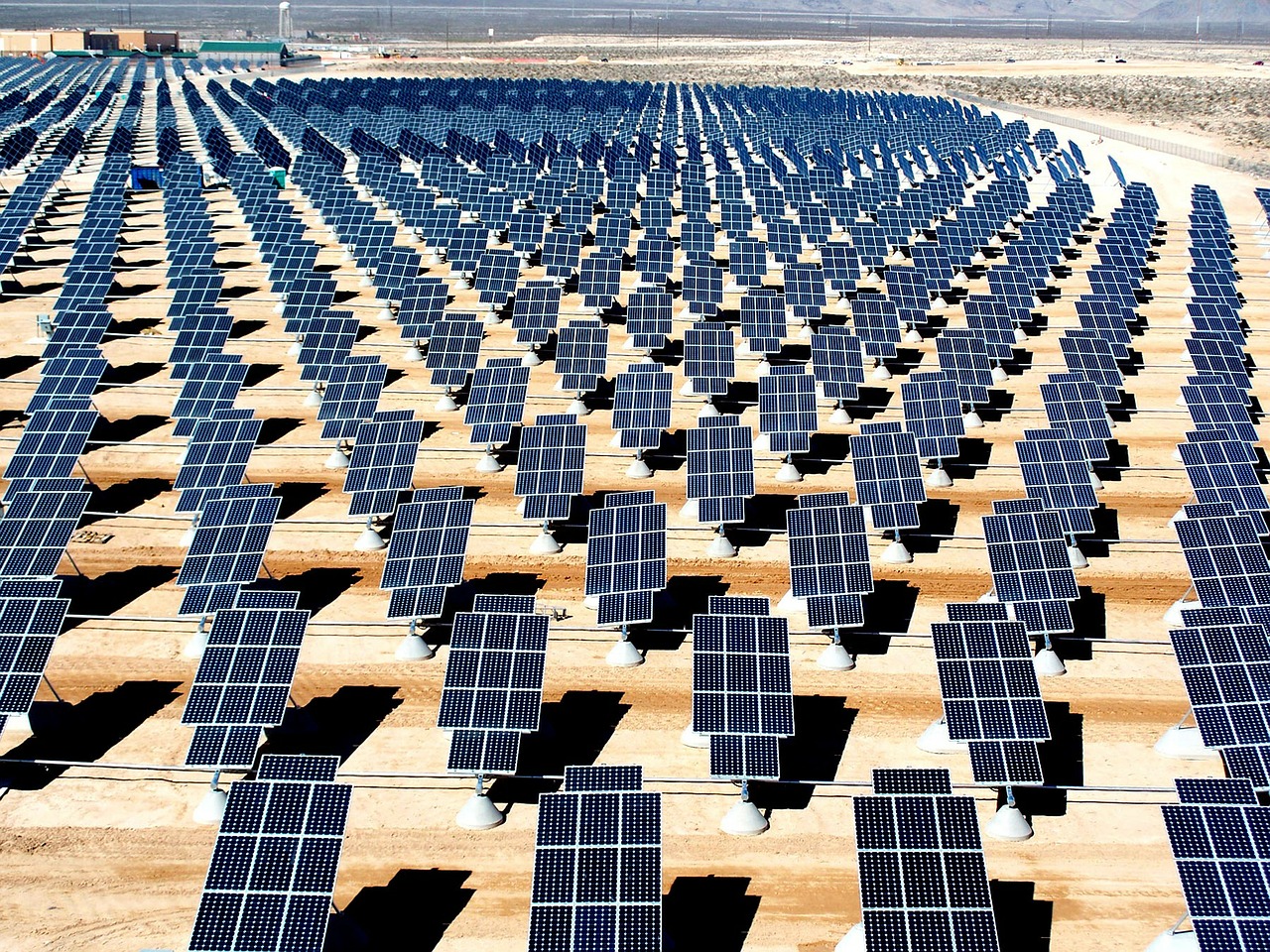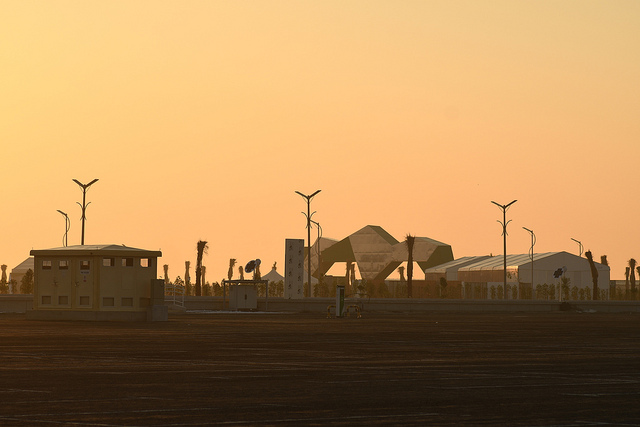Solar energy is considered the fastest-growing form of power generation in the Middle East North Africa (MENA) region. In 2018 alone, under-construction projects grew by more than 50 percent.
According to the Middle East Solar Industry Association’s 2019 Solar Outlook Report, more than 12,000 megawatts (MW) of solar power projects have been awarded, are currently operational, or are under development. This is in stark contrast to 2009 when utility companies viewed solar power as an expensive gimmick and scoffed at the creation of Dubai’s Emirates Solar Industry Association.
Yet, 10 years later, solar and wind projects are changing the energy landscape in the Middle East. Here are four of the most exciting developments.
1. Mohammed bin Rashid Al Maktoum Solar Park
At the forefront of developing sustainable energy sources in the Middle East is the United Arab Emirates (UAE). Just southeast of Dubai, the world’s largest single-site solar park is currently underway. The first phase of the Mohammed bin Rashid Al Maktoum Solar Park launched in 2012 and became operational by 2013, while the second phase launched in 2017. The third phase is ongoing and expected to be complete by 2020.
The entire project is expected to be complete by 2030, by which point it will cover 48 square kilometers and have a total capacity of 5,000 MW. In simpler terms, it will generate enough electricity to power 30,000 houses while, at the same time, removing more than 469,000 tons of carbon emissions per year. The park will contribute greatly to Dubai’s goal of generating 15 percent of the city’s total energy from solar sources by 2030.
In addition to being the largest solar park in the world, Mohammed bin Rashid Al Maktoum Solar Park will boast a record-breaking 260-meter solar tower and 15 hours of thermal energy storage capacity, the largest in the world. The entire project is expected to cost more than $13 billion and is being managed by the Dubai Electricity and Water Authority with construction assistance from ACWA Power, Shanghai Electric, and The Silk Road Fund.
2. Dumat Al Jandal Onshore Wind Project
Like the UAE, Saudi Arabia has ambitious plans for solar energy. As part of its National Renewable Energy Program, the kingdom intends to tender 2.22 GW of solar projects in 2019 alone, with the goal of reaching a capacity of 40 GW by 2030. The largest of 11 ongoing solar projects is Alfaisalia, which will have a capacity of 600 MW, but there’s another large-scale sustainable energy project with a focus on wind energy.
The Dumat Al Jandal wind farm will be the first of its kind in the kingdom, and the largest in the Middle East, with a capacity of 400 MW. The construction contract was awarded in January to a consortium consisting of Masdar and EDF Renewables, both of which considered world leaders in renewable energy. At the time, it was announced that construction would commence in a few months. The farm will be 560 miles north of Riyadh in northwestern Saudi Arabia.
“Wind power is now representing a renewable and economical solution in the energy mix,” commented EDF Group senior executive president Bruno Bensasson. He went on to note that the project is a demonstration of commitment to EDF Group’s Cap 2030 goal of doubling its renewable energy capacity to 50 GW by 2030.
3. Bahrain’s 100MW Solar Plant
Although the UAE and Saudi Arabia are expected to lead the Middle East in renewable energy projects over the course of the next decade, Bahrain is also considering investing in clean energy. The country’s first solar-powered house was unveiled in March 2018, and its government has since begun installing similar systems on the roofs of schools and hospitals.

In January 2019, the country began inviting bids to construct a 100 MW solar energy plant as part of its goal to have 5 percent of its energy come from renewable sources by 2025. There have been few details released about the project, but minister of Electricity and Water Affairs Dr. Abdulhussain Mirza confirmed the project has received multiple tenders, including one from Masdar, which is also involved in the construction of the Saudi Arabia wind farm.
4. Egypt’s Benban Solar Park
In March 2018 the first of 41 solar photovoltaic plants in Egypt’s Benban Solar Park became operational, and the entire park, which is being constructed on a 14.3 square mile plot of land in the Sahara Desert, will produce up to 2 GW of solar power by mid-2019. Once all 41 plots are filled with solar panels, the site will be among the world’s largest solar PV parks, avoiding 2 million tons of greenhouse gas emissions annually, the equivalent of removing roughly 400,000 cars off the road. Egypt is anticipating 20 percent of its total power will come from renewable sources by 2022.


